Oregon Wine Industry Largely White-Dominated: How It’s Changing
Friday, July 17, 2015
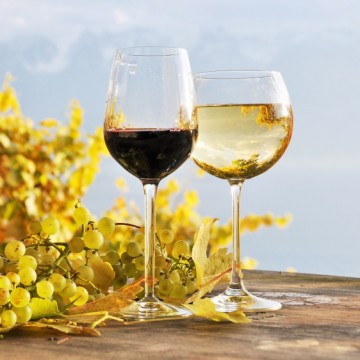
After all, when you think of the people who run the wine industry, what sort of faces come to mind?
For one winemaker, the answer was simple: “You think of rich, white people,” says Bertony Faustin, a Black winemaker and owner of Abbey Creek Cellars.
Coming to this realization, Faustin decided it was time to tell the stories of people on the other side of the divide. His new documentary, which is currently under production and is entitled “Red, White, & Black,” will collect the stories of African American, LGBT, Latino, and other minority winemakers.
The wine industry is full of hierarchies. American wines, minority-made or otherwise, weren’t respected internationally until the 1976 Judgment of Paris in which wines from California beat French wines in a blind tasting. While much younger than California’s wine industry, the Oregon wine industry has started to build a reputation for producing elegant and beautiful wines. But on the international stage, it’s still a long way from Burgundy and Bordeaux.
To be a minority within an already marginalized winemaking region is to face an extra barrier to being a respected wine producer. For example, many Latinos in California have fought for respect as winemakers and vineyard owners as opposed to being seen as grape pickers and cellar hands.
Faustin says he first started thinking of the questions of minority status in the Oregon beverage industry before he owned his own winery, back when he worked at Sake One in Forest Grove. Being an African American man selling a traditionally Japanese product was a source of conversation for many of his customers.
“We were the largest American sake producer, and you walk in the front door and a black man is basically the face of the company.”
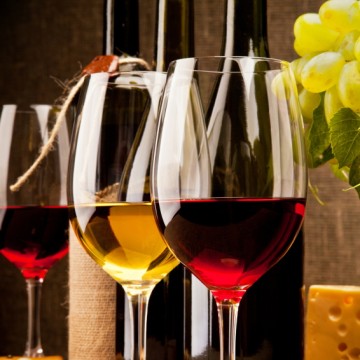
After moving on from the sake industry to start his own wine label, Faustin says he was having the same conversations with customers about being a minority in the wine industry as he had while working in the sake industry.
But Faustin says that “Red, White, & Black” is about more than just trying to get people to think marginal winemakers are unique.
“You don’t want people coming to your winery just because you are a minority, you want them to come because you make great wine. But you can’t hide that you’re different, and this is an important conversation to have,” said Faustin.
“When I first got started in the Oregon wine industry, I didn’t see many other faces like mine and I didn’t know who to turn to,” he continued. “Now I’m looking to the next generation.”
Although the documentary is already being filmed, Faustin and his production crew are also working on an Indiegogo campaign to help build awareness and funding for the project. Jerry Bell will direct the film, with Faustin serving as a writer and producer. Dewey Weddington, founder of Ferment Marketing, and Ocean Yap-Powell will also serve as writers.
Faustin and the production crew will hold a launch party for “Red, White, & Black” on August 13th at Hip Chicks Do Wine in Southeast Portland from 6-8 p.m. Tickets ($20 per person) will help fund the movie and will include food and wine from labels participating in the film.
Related Slideshow: Great Oregon Wineries Outside the Willamette Valley
Related Articles
- Portland’s Wine Bike Piqniq Hosts Event at The Fields Park
- Remedy Wine Bar Prepares New Special For The Pride Parade
- Penner-Ash Wine Cellars Offers New Wine Travel Experiences
- Pix Patisserie Awarded with World’s Best List of Champagne and Sparkling Wine
- Sales at Oregon Wineries Exploded in 2014
- Taste Dundee Block Party Kicks Off Oregon Wine Month
- Tour of 29 of the Top Wine Producers in Oregon
- PDX Wine Crawl: Top Three Wines by the Glass in Northwest Portland
- Get to Know Your Local Bottleshop: Renaissance Premium Wines & Cigars
- Editor-in-Chief of ‘Food and Wine,’ Dana Cowin, Mastering Her Mistakes in Portland
- Discover Portland’s Urban Winemaking Industry


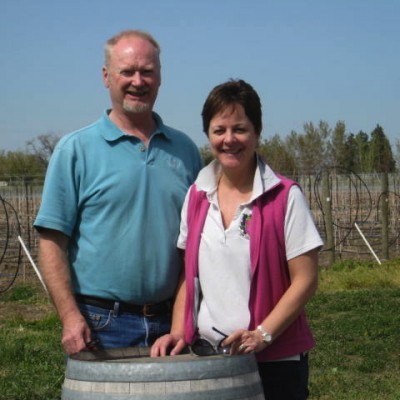
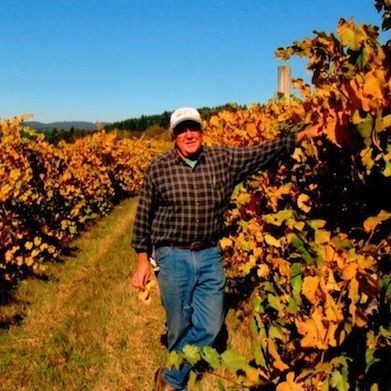
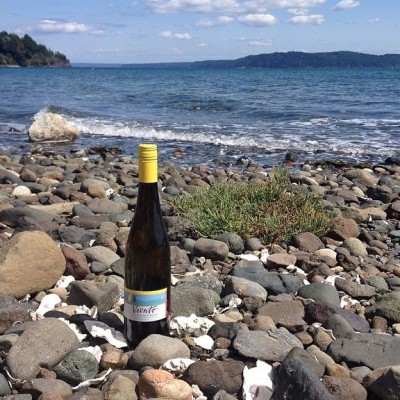







 Delivered Free Every
Delivered Free Every
Follow us on Pinterest Google + Facebook Twitter See It Read It